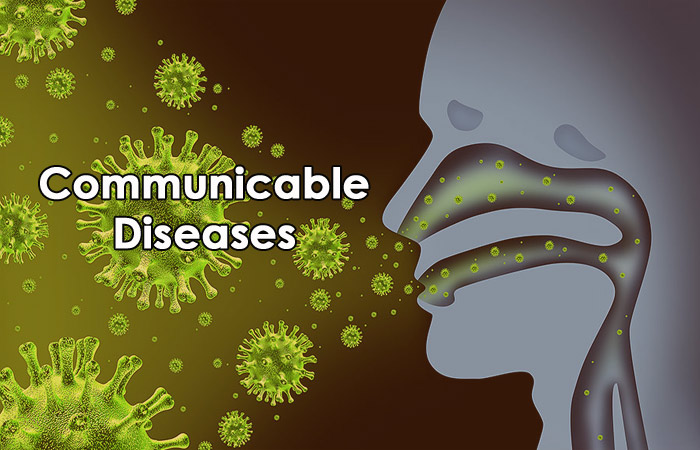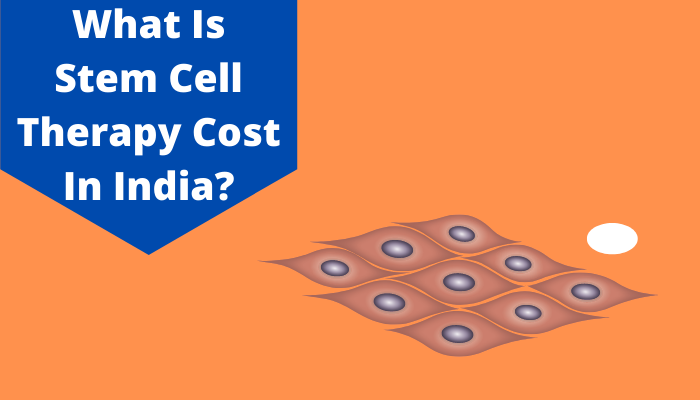List of Top Communicable Diseases in India
There are many communicable diseases that affect people especially in developing nations owing to several aspects. You should know about some communicable disease examples in order to stay informed about these ailments at the outset. Here is some more information that you can use.
What are Communicable Diseases?
Communicable diseases meaning is basically the ailments which spread across people through blood, bodily fluid contact, breathing in viruses which are airborne and insect bites. These diseases are often seen to affect people in developing countries due to factors like lack of proper sanitation, limited clean water access, absence of suitable hygiene practices and more. There are many communicable diseases examples including HIV, tuberculosis, malaria and others.
Communicable diseases usually spread in the following ways:
- They spread and travel through air, like in the case of tuberculosis or measles.
- They travel through insect or animal bites which have the capability to swiftly transmit such diseases.
- They also spread through any contact with infected people at a physical level, including touching droplets, sexual intercourse or even oral transmission.
There are various types of communicable diseases in the country and you should learn more about them as well.
List of 7 Different Types of Communicable Diseases in India
Before learning more about the prevention of communicable diseases, you should first learn more about the kinds of ailments that are there.
1. Coronavirus: Coronavirus or COVID-19 is a highly communicable ailment that happens due to a newly-created strain. This is known as the coronavirus and usually those people who contract the infection witness various symptoms. These are sometimes moderate or mild while enabling people to swiftly recover without going through any treatments.
The virus that has the responsibility for leading to coronavirus spreads mostly via droplets which arise whenever any infected individual coughs, sneezes or even exhales. A person may get this infection even when they are in proximity to individuals who are infected. They may also contract the infection by coming in close contact with a surface which is contaminated and touching their mouths, noses or eyes thereafter.
2. Typhoid: Typhoid is also called Enteric Fever and this infection arises in the form of fever in the body along with demonstrating abdominal symptoms which may happen due to Salmonella Typhi and Paratyphi. Typhoid has organisms coming via ingested food or water, contamination arising from excreta of infected people and so on.
Direct transmission does not usually happen. Typhoid is a global issue, usually witnessed in children who are older than a year in most cases.
3. Malaria: This is a fatal ailment caused by the deadly plasmodium parasite, transmitted via bites of infected mosquitoes. Whenever any person is bitten by such a mosquito, parasites are released into the individual’s bloodstream. The highest-affected age segment will include children who are less than five years old.
Other people at risk of getting malaria include infants, pregnant women, mobile populations, non-immune migrant populations and those who are impacted by AIDS or HIV.
4. Jaundice: Icterus is the alternative name for Jaundice. This condition clearly shows itself through the skin being discolored by a yellowish tinge and whitening of the eyes. The skin coloration in yellow happens due to extra amounts of bile pigments known as Bilirubin within the human body.
In usual cases, Bilirubin formation takes place owing to the hemoglobin breakdown when worn-out red blood cells are destroyed.
5. Tuberculosis: This is a communicable disease which usually impacts the lungs of human beings. It may spread and engulf other parts of the body including the brain and spine. The ailment happens owing to the Mycobacterium tuberculosis bacteria. The disease travels through coughing and sneezing. Most people who get infected by these tuberculosis-causing bacteria do not usually display any signs or symptoms.
Sometimes they include coughing, night sweating, fever and loss of weight. This is one disease which does not fully develop in people who have been exposed. However, those with poorer immunity and nutrition have higher risks of contracting the same.
6. Hepatitis: Hepatitis is a severe or chronic communicable disease leading to liver inflammation. Though Hepatitis C, B, A and D travel via blood transfusion via any infected individual, symptoms may not always be acute. The primary signs include fever, pain in the abdomen, nausea, appetite losses, dark colored urine, vomiting, pain in the joints, fatigue, and weakness.
The best form of treatment for hepatitis is called antiviral therapy which is sometimes costly. Hence, a health insurance plan is a must for getting coverage for such treatments.
7. HIV: The Human Immunodeficiency Virus or HIV is one of the most potent and swiftly transmitted ailments globally. It impacts and eliminates CD4 cells within the human body, thereby weakening the immune system greatly. HIV is a virus that transmits through sexual intercourse and may also pass into a child in the womb during pregnancy.
It also gets transmitted via breastfeeding, blood transfusions, sharing of infected injections or razors and more such occurrences. Treating HIV covers specific medication like antiretroviral therapy or ART. It may sometimes be a costly affair and hence health insurance is necessary to cover the financial costs of the same.
FAQs
Can HIV spread to unborn children?
Yes, HIV may spread to unborn children in their mothers’ wombs. If the mother is infected with HIV, then it may spread to the unborn child as well. Mothers should watch out in this regard.
How does hepatitis spread?
Hepatitis usually spreads through blood transfusion. Some symptoms include appetite losses, abdominal pain, urine in a dark color and fever. Other symptoms include nausea and vomiting as well.
Is COVID-19 a communicable disease?
Yes, the novel coronavirus or COVID-19 is a communicable disease. The virus may spread through touching contaminated surfaces, coughing, sneezing and exhalation. The virus majorly spreads via droplets.





























13 thoughts on “List of Top Communicable Diseases in India”
Comments are closed.